Learning Objective
Learn to ferment your pastry
| Makes: | A topping for 3 small pies, 2 medium pies or 1 large pie |
|---|---|
| Level: | Beginner |
| Created Over: | Mix and bake immediately |
| Kind of Bake: | Ambient day – French style – mixed in the morning and baked in the evening |
| Diversity Score: | 17 |
|---|
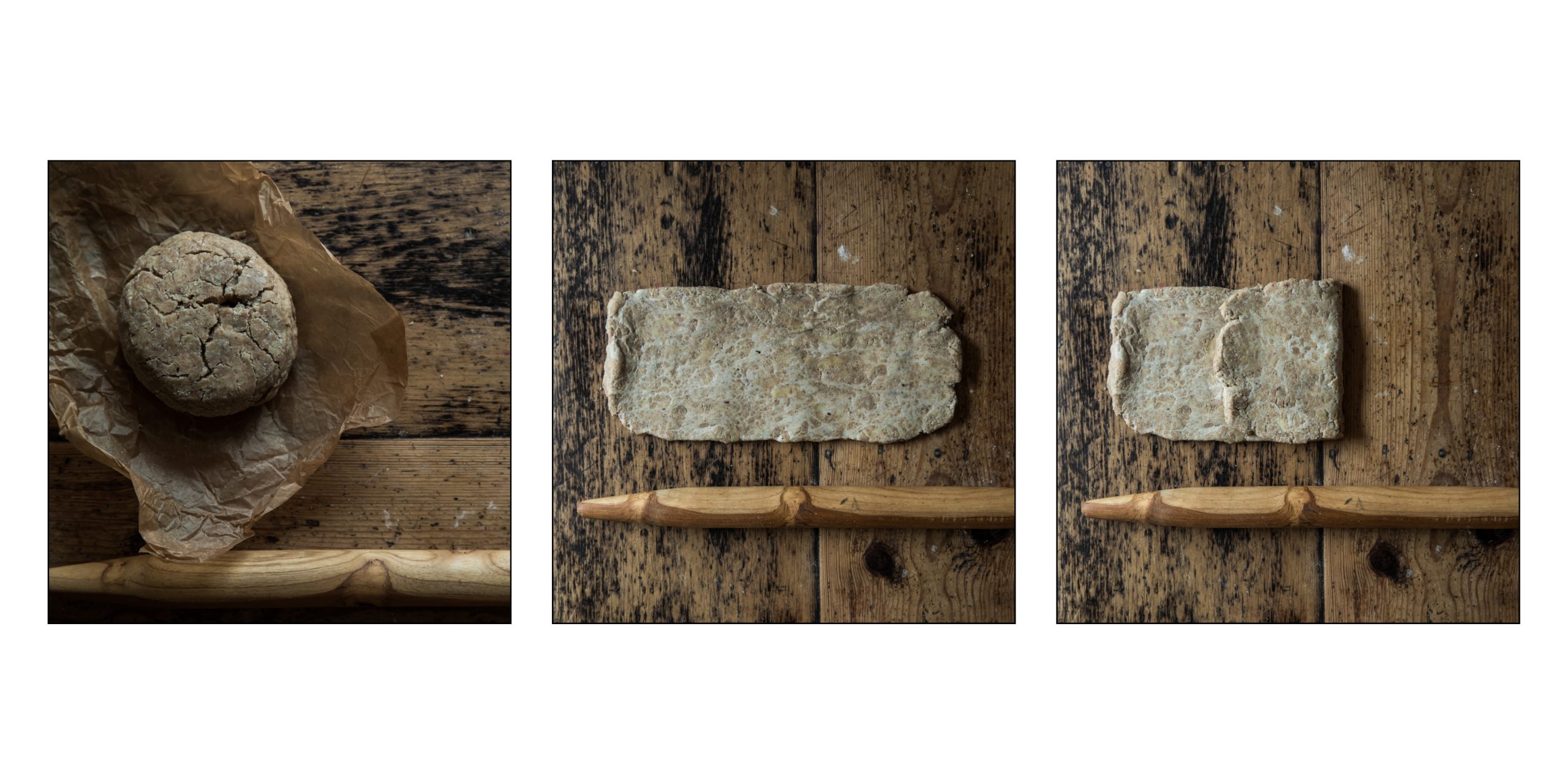
This delicious, crumbly sourdough pastry is a great way to use up any fresh leftover starter from a recent refreshment. The long, slow fermentation process makes the sourdough pastry easier on your digestive system because the flour has been partially broken down by both the acidity and the enzymes. It is also more complex in flavour and so much more delicious than regular pastry. My top piece of advice is to plan well ahead because, while it is a simple recipe, the retardation means that you need to fit in the stages around work times and meal times. I will often make pastry alongside bread in the interests of efficiency. In this particular recipe, I used about 30% of the fat left over from some beef dripping from a beef rib roast – a very rare treat indeed.
We use this pastry as the base for all our savoury sourdough pie recipes. Think Sourdough Pastry Beef Pie made with our Beef Bone Broth, chicken pie, potato pie, etc. Although we haven’t yet tested a vegan version of this pastry, I am quite certain that you could replace the fat with a vegan equivalent and there is no reason why the dough shouldn’t behave in the same way.
Equipment
- Large mixing bowl
- Rolling pin
- Clingfilm or, preferably, waxed wrap
- Greaseproof paper
- Pastry brush
- Small mixing bowl
Suggested Starter
White (or any recently refreshed)
Status of Starter
bubbly, lively first-build starter
To Ferment Your Dough
- 15g any recently refreshed sourdough starter
- 40g white roller-milled flour
- 45g water at 19°C/66°F
For The Dough
- 100g leaven (as above)
- 125g wholemeal flour (we used our Botanical Blend No.2)
- 125g strong white roller-milled flour
- 210g fat (lard/butter/combination of the two) – we used 65g beef dripping from our bone broth and made up the rest with lard/butter
- 5g salt
- 35g cold water (about 15°C/59°C)
- TO GLAZE BEFORE BAKING
- 1 free-range egg, beaten with a pinch of salt
Baking Time
30 minutes
Bake At
160°C/140°C fan/325°F/gas mark 3
Tutorials
| Step | Timings |
|---|---|
| Refresh starter | Day 1, 8pm |
| Make a slow leaven to ferment during the day | Day 2, 8am |
| Rub the fat into the flour | Day 2, 6pm |
| Add salt, leaven and water and bring together until leaven is incorporated | Day 2, 6.10pm |
| Leave the dough on the side, covered, to prove @22C | Day 2, 6.20pm |
| Place the dough in the fridge | Day 2, 10pm |
| Roll the dough out between two sheets of greaseproof paper | Day 3, 7am |
| Trifold the pastry (see instructions in side panel) | Following on |
| Leave to prove ambiently all day (about 20°C/68°F) | Day 3, 8.45am |
| Transfer to the fridge | Day 3, 8pm |
| Remove from the fridge, roll out to 30cm x 25cm, and cut to size | Day 4, any time |
| Assemble your pie/s with a pastry top, glaze with a beaten egg and bake | Day 4, any time |
Guidance, tips & techniques
Savoury sourdough pastry: how to roll out the pastry – allow 1 hour 45 minutes
In so many ways, this method is similar to a croissant or Danish dough. Be light-fingered and patient.
TURN 1
- Between two pieces of greaseproof paper, roll out the dough into a long, rectangular shape about 1cm thick. Lightly grease the surface of your table and gently transfer your dough on to the table.
- Fold the bottom part of the rectangular dough to the centre, and then fold the other part on top.
- You should have a rectangle of dough formed of three rectangular sections folded on top of each other; this is your first turn.
- Cover the dough with waxed wrap or clingfilm and place it in the refrigerator for 20–30 minutes.
TURN 2
- After 30 minutes, remove the dough from the fridge. Repeat the steps above, rolling it out and folding in the same way. This is called a single turn. Return the dough to the fridge.
TURN 3
- After 30 minutes, repeat the roll and fold again. Loosely wrap with greaseproof paper and leave on the side all day to prove.
Timings advice:
We have suggested starting this rolling and folding process on Day 3 at 7am, on the basis that you may be trying to fit this into a working day, which would mean rolling and folding before leaving for work. If you’re actually doing this at the weekend, feel free to have a lie-in! You can start an hour or two later, and follow the same timing suggestions.
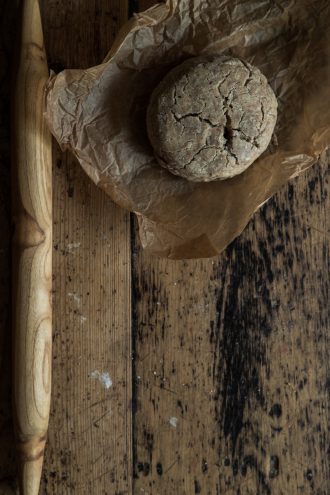
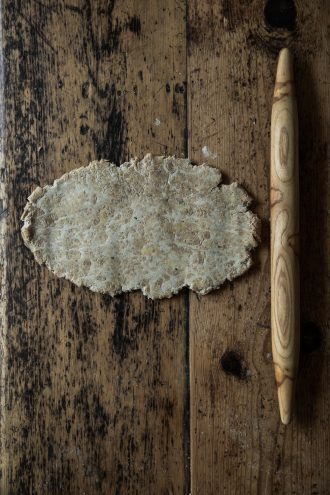
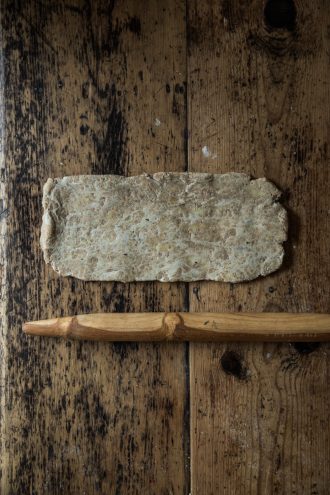
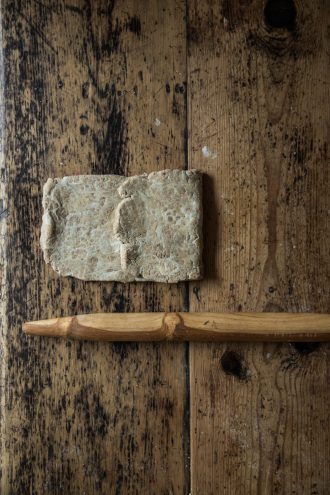
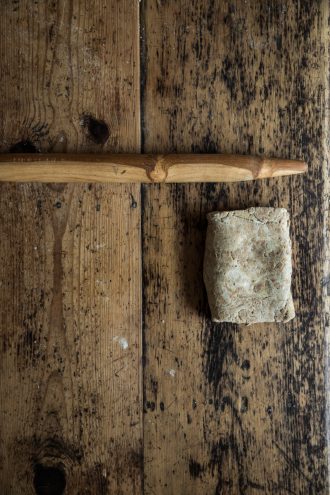
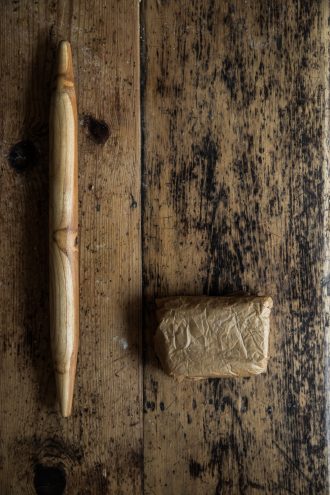
Learning Outcome
A technique to aid flavour and digestibility to your pastry recipes

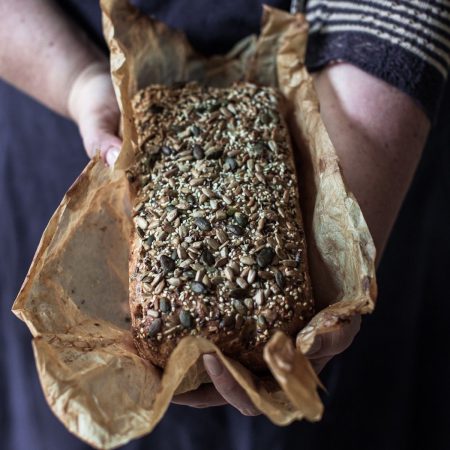
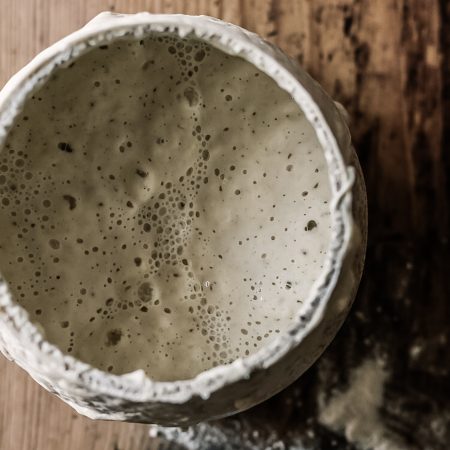
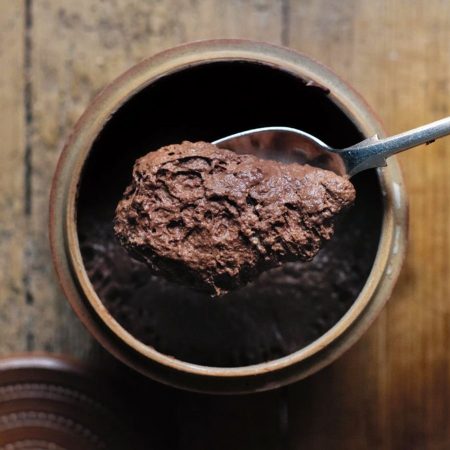
Leave a Reply